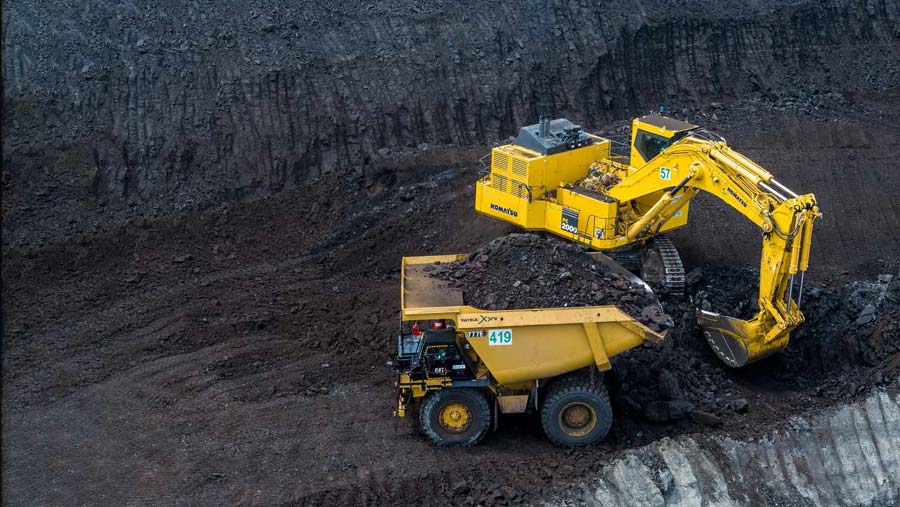Indonesia's government has proposed an increase in mining royalties for commodities such as nickel, copper, coal, gold, and tin. This initiative aims to enhance industry governance and boost state revenue. However, the proposal has raised concerns among mining companies about potential operational and financial challenges.
Current Royalty Structure and Proposed Changes
The existing royalty rates for various minerals in Indonesia vary depending on the commodity and its market price. The government's proposal suggests increasing these rates to align with global standards and ensure a fair share of revenue from natural resources. While specific figures have not been publicly disclosed, the proposed hikes are expected to be significant enough to impact the profitability of mining operations.
Industry Concerns and Potential Impacts
1. Increased Operational Costs
Mining companies are apprehensive that higher royalties will escalate operational costs, thereby squeezing profit margins. This concern is particularly pronounced among nickel miners, who have indicated that such financial pressures could lead to the cessation of mining activities. The Indonesian Nickel Miners Association (APNI) has highlighted that a royalty rate increase to 14% could render some mining operations unviable, leading to potential closures.
2. Impact on Investment and Production Plans
The proposed royalty hike may deter future investments in the mining sector. Companies might reassess or postpone expansion projects due to reduced returns on investment. This hesitation could, in turn, affect production levels and the overall growth trajectory of the industry. The Indonesian Mining Association has expressed concerns that increased financial burdens could negatively influence production and investment strategies.
3. Challenges for Smelter Operators
Smelter operators, who undertake capital-intensive projects costing between $1.5 billion and $2 billion per facility, are also likely to feel the impact of increased royalties. The additional financial strain could hinder the development of downstream processing facilities, which are crucial for adding value to raw minerals before export.
Government's Rationale and Response
The Indonesian government asserts that the proposed royalty increase is intended to improve industry governance and ensure that the nation receives a fair share of revenue from its natural resources. Officials emphasize the need to align royalty rates with global standards and address fiscal deficits. The government has acknowledged the industry's concerns and indicated a willingness to engage in discussions to find a balanced solution that considers both national interests and the sustainability of mining operations.
Global Context and Market Reactions
Indonesia's position as a leading producer of minerals like nickel and copper means that changes in its mining policies can have global repercussions. The proposed royalty hike has attracted attention from international markets, with analysts predicting potential shifts in commodity prices and supply chains. Investors are closely monitoring the situation, as increased operational costs for Indonesian miners could influence global mineral supply and pricing dynamics.
Conclusion
The proposal to increase mining royalties in Indonesia represents a significant policy shift with far-reaching implications for the mining industry. While the government's intent to enhance industry governance and boost state revenue is clear, the concerns raised by mining companies about operational viability, investment deterrence, and production declines cannot be overlooked. A balanced approach that considers both the nation's economic interests and the sustainability of its mining sector is essential. Ongoing dialogue between the government and industry stakeholders will be crucial in navigating this complex issue and ensuring the continued growth and stability of Indonesia's mining industry.
Read More






 Thursday, 27-11-25
Thursday, 27-11-25







